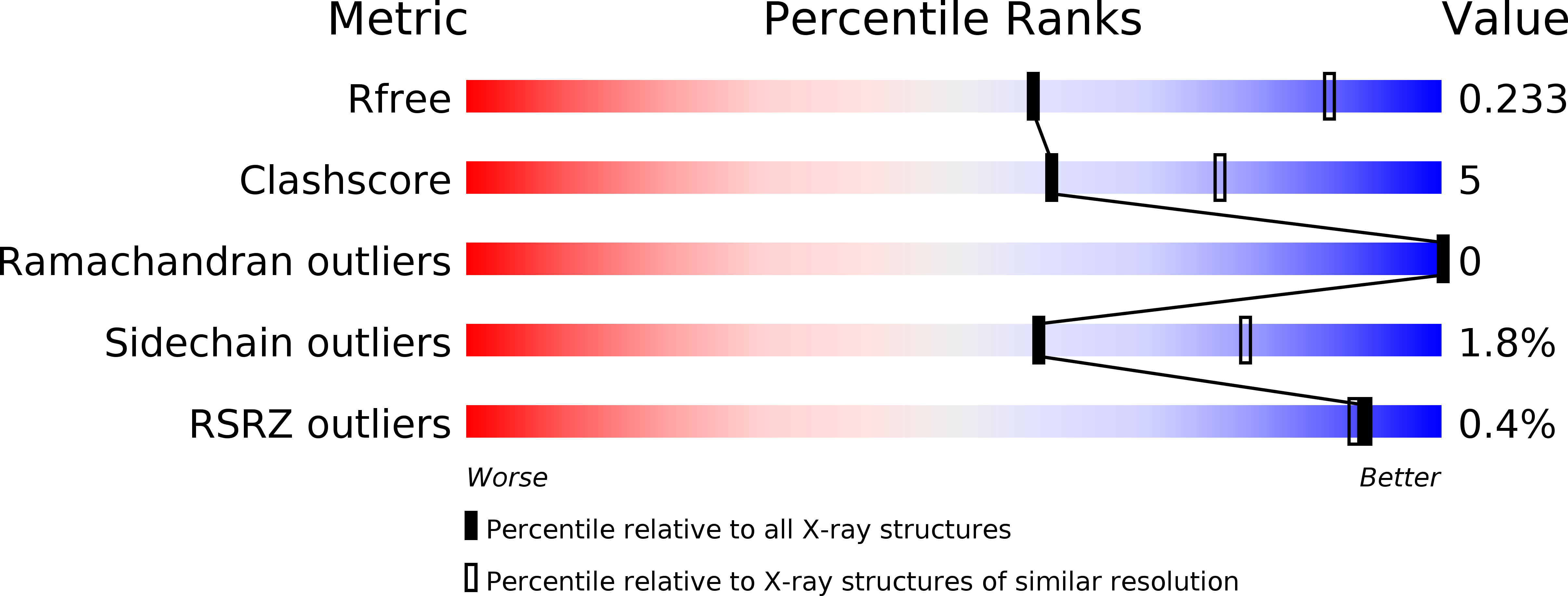
Deposition Date
2016-12-22
Release Date
2017-02-22
Last Version Date
2025-10-22
Entry Detail
PDB ID:
5UCM
Keywords:
Title:
Crystal Structure of Prolyl-tRNA Synthetase from Pseudomonas aeruginosa
Biological Source:
Source Organism:
Pseudomonas aeruginosa (Taxon ID: 208964)
Host Organism:
Method Details:
Experimental Method:
Resolution:
2.60 Å
R-Value Free:
0.23
R-Value Work:
0.16
R-Value Observed:
0.17
Space Group:
P 21 21 21


